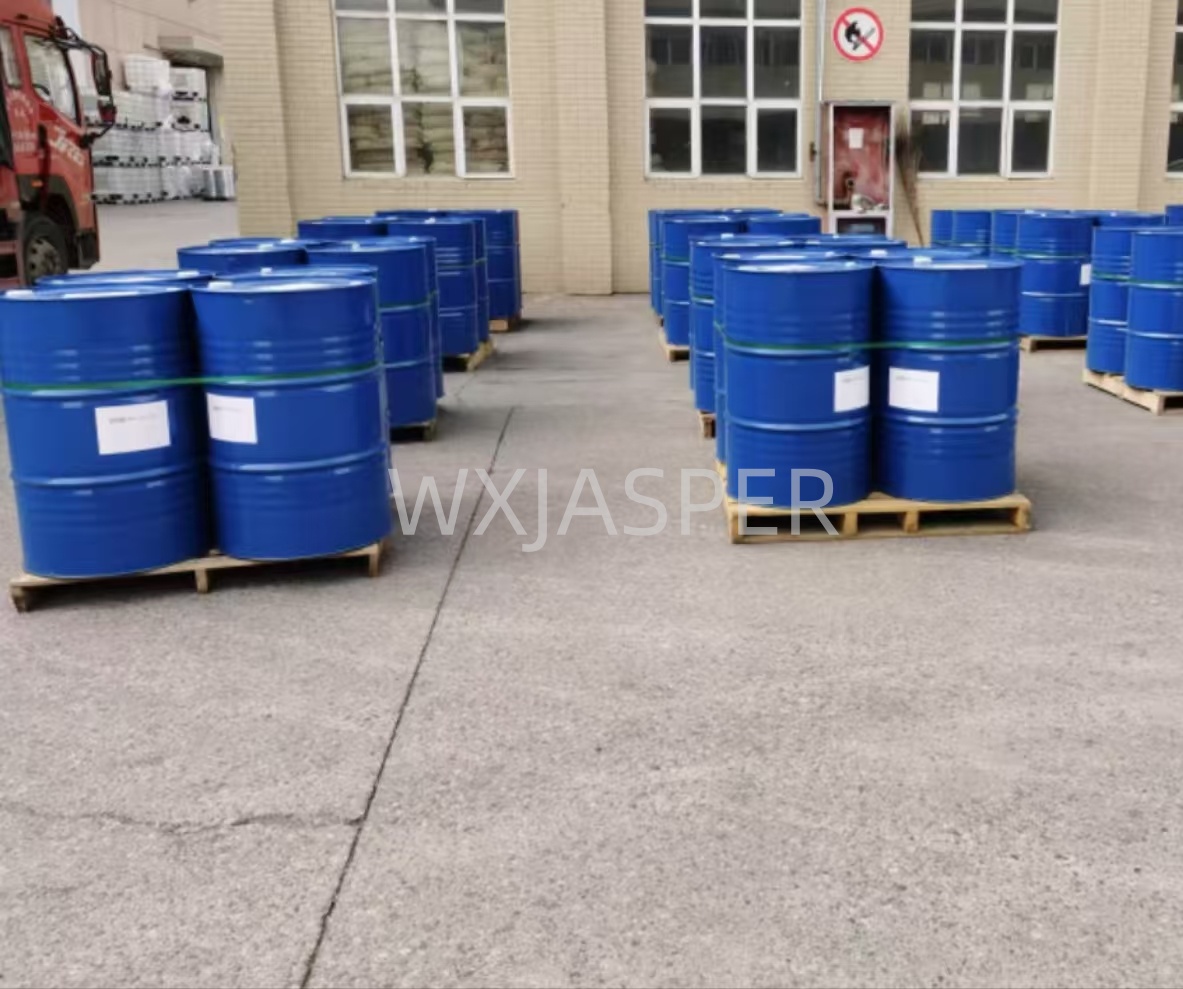Product Details
CasNo: 112-80-1
MF: C18H34O2
Appearance: liquid
Delivery Time: 15 days
Packing: 180kg/drum
Purity: 99%
1. Basic Information
- Chemical Formula: C₁₈H₃₄O₂
- Molecular Weight: 282.46 g/mol
- Appearance: In its pure form, oleic acid is a colorless, oily liquid. However, industrial - grade products usually present as yellow - to - red oily liquids, with an odor similar to lard or vegetable oil. Over time, when exposed to air, its color gradually darkens.
- Melting Point: 13 - 14 °C (lit.)
- Density: 0.89 g/mL at 25 °C (lit.)
- Solubility: Insoluble in water, but highly soluble in organic solvents such as ethanol, ether, and chloroform.
2. Source
Oleic acid mainly originates from nature and exists in the form of glycerides in animal and vegetable fats and oils. Common raw materials include soybean oil, cottonseed oil, lard, etc. By saponifying and acidifying oils with high oleic acid content, oleic acid can be separated and obtained.
3. Quality Indicators
Taking the cell culture - grade oleic acid from Beyotime Biotechnology as an example:
- Refractive Index: n20/D 1.459 (lit.)
- Boiling Point: 194 - 195 °C/1.2mmHg (lit.)
- Melting Point: 13 - 14 °C (lit.)
- Density: 0.89g/ml at 25 °C (lit.)
- Flash Point: 71 °C (closed cup)
4. Applications
4.1 Food Industry
- Health - promoting Ingredient: Although oleic acid is a non - essential fatty acid for the human body, consuming foods rich in oleic acid helps reduce low - density lipoprotein cholesterol and maintain beneficial high - density lipoprotein cholesterol levels. The US Food and Drug Administration has approved the claim that consuming oils with a high proportion of oleic acid can help reduce the risk of coronary heart disease.
- Food Additive: It can be used in baked goods, meat products, and seasonings. For example, in some high - end cooking oils, the high content of oleic acid not only improves the flavor but also brings health benefits.
4.2 Industrial Applications
- Textile Industry: It is used to prepare antistatic agents and lubricating softeners, which can improve the hand feel of fabrics and reduce static problems during the textile production process.
- Plastic Industry: Functions as a plasticizer, slip agent, and anti - blocking agent. For instance, oleic acid amide can be added to plastics to improve the processing performance during injection molding and extrusion, and at the same time endow the plastic products with anti - static properties.
- Mechanical Industry: Applied in the manufacture of emulsified cutting oils, metal cleaners, and rust - preventives. Oleic acid reacts with triethanolamine to form oleic acid triethanolamine soap, which has strong detergency and rust - prevention properties.
- Surface Active Agent Industry: Used to prepare soaps, Span and Tween series products. For example, oleic acid reacts with alkali metal hydroxides to form sodium oleate and potassium oleate, which are important components in detergents and cosmetics due to their good detergency and emulsifying ability.
- Other Industrial Uses: Also used in the preparation of pesticides emulsifiers, printing and dyeing auxiliaries, industrial solvents, mineral flotation agents, and release agents. For example, oleic acid and its salts (such as aluminum oleate) can be used as mineral flotation agents to improve the collection rate of ores such as hematite and apatite.
4.3 Pharmaceutical Field
- Medicinal Ingredient: Pure sodium oleate has good detergency and can be used as a surfactant such as an emulsifier. In addition, it can be used in the treatment of cholelithiasis.
- Model Establishment: Injecting oleic acid into animals can induce lung injury, thereby establishing a respiratory distress syndrome model for the research and development of new drugs.
5. Storage Method
Generally, it is stored in ceramic jars or galvanized iron drums, with each drum weighing 25 kg or 180 kg. It should be stored in a cool and ventilated place, avoiding exposure to sunlight and rain. It should be isolated from alkalis, flammable and explosive substances, and kept away from fire sources. It is transported and stored in accordance with general chemical regulations.


